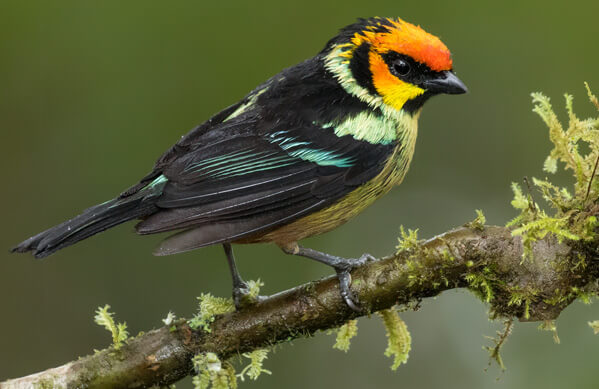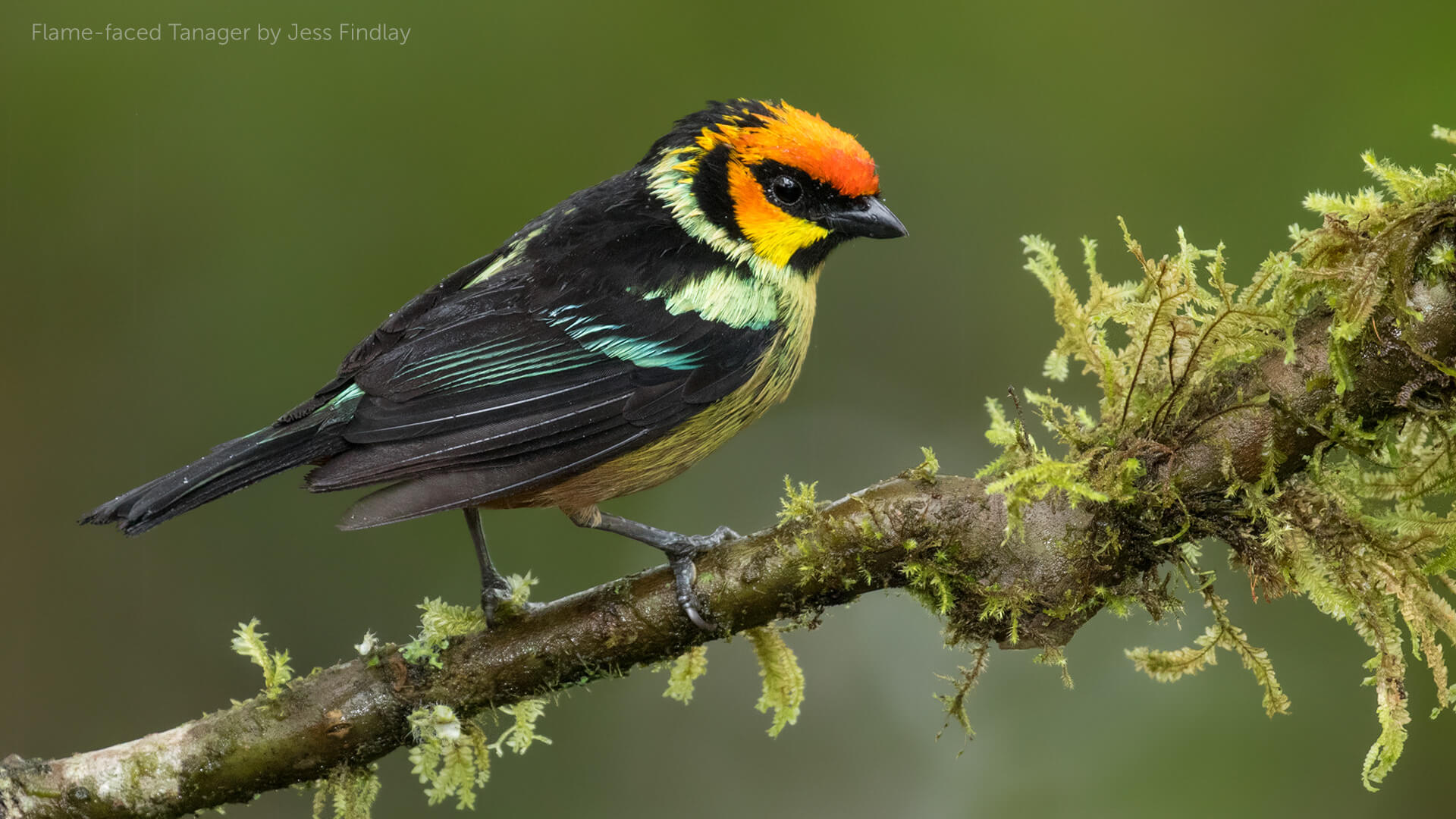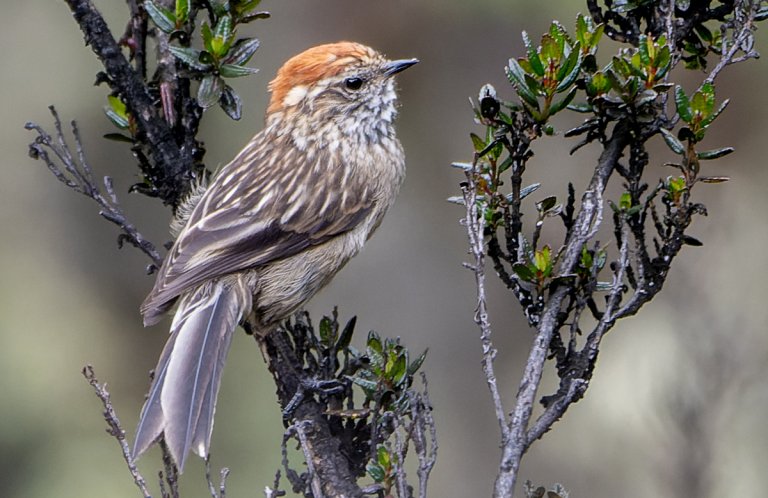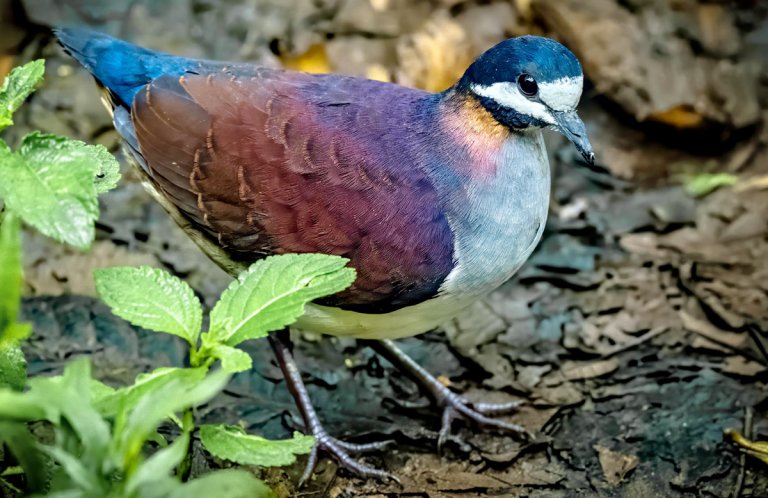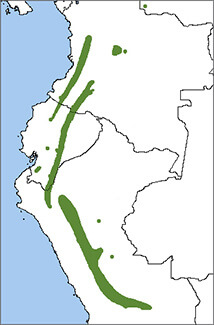 Deep red fades into bright yellow on the head of this spectacular bird, giving the species its common name. Flame-faced Tanagers are found only in the eastern Andes Mountains from southwest Venezuela to central Peru, where they join mixed-species flocks with birds such as wintering Scarlet Tanagers.
Deep red fades into bright yellow on the head of this spectacular bird, giving the species its common name. Flame-faced Tanagers are found only in the eastern Andes Mountains from southwest Venezuela to central Peru, where they join mixed-species flocks with birds such as wintering Scarlet Tanagers.
At nearly six inches in length, the Flame-faced Tanager is one of the largest members of its genus, Tangara. This group of about 50 neotropical birds includes some of the world's most spectacular species, including Gilt-edged Tanager, Green-headed Tanager, and Seven-colored Tanager. Three subspecies of Flame-faced Tanager are recognized, distinguished by differences in plumage and distribution.
Fruit Feeders
Like other tanagers, the Flame-faced Tanager eats a variety of fruits and insects. This species tends to forage along horizontal, moss-covered tree branches, probing the moss for insects and even pulling pieces away to uncover prey. They are often seen foraging in pairs.
Flame-faced Tanagers readily visit fruit feeders, and birders can spot them at several ABC-supported reserves that provide habitat for some of the world's rarest bird species. These special places include Tapichalaca and Buenaventura in Ecuador; Abra Patricia in Peru; and the Cerulean Warbler Reserve in Colombia. (As its name suggests, the Cerulean Warbler Reserve provides vital habitat for the rapidly declining Cerulean Warbler and many other migratory birds.)
Sign up for ABC's eNews to learn how you can help protect birds
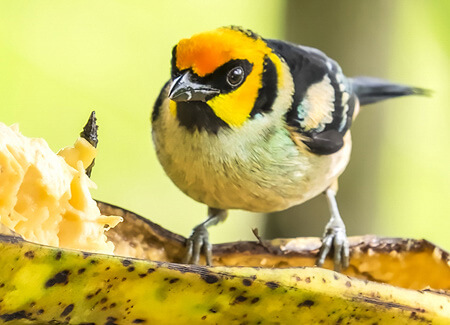
Flame-faced Tanager eating plantain by Chiyacat, Shutterstock
Stealth Nesting
Flame-faced Tanagers are fairly quiet when nesting and exhibit little if any territorial behavior. This stealthy species has been discovered nesting in open habitats such as pastures or forest edges, but it also nests in forests.
Although details about this species' behavior are scanty, some interesting facts are known. For example, nesting Flame-faced Tanager parents rapidly probe the nesting material under and around their chicks. Researchers believe this may help to remove fleas and other parasites from the nest, protecting the nestlings.
Donate to support ABC's conservation mission!





































